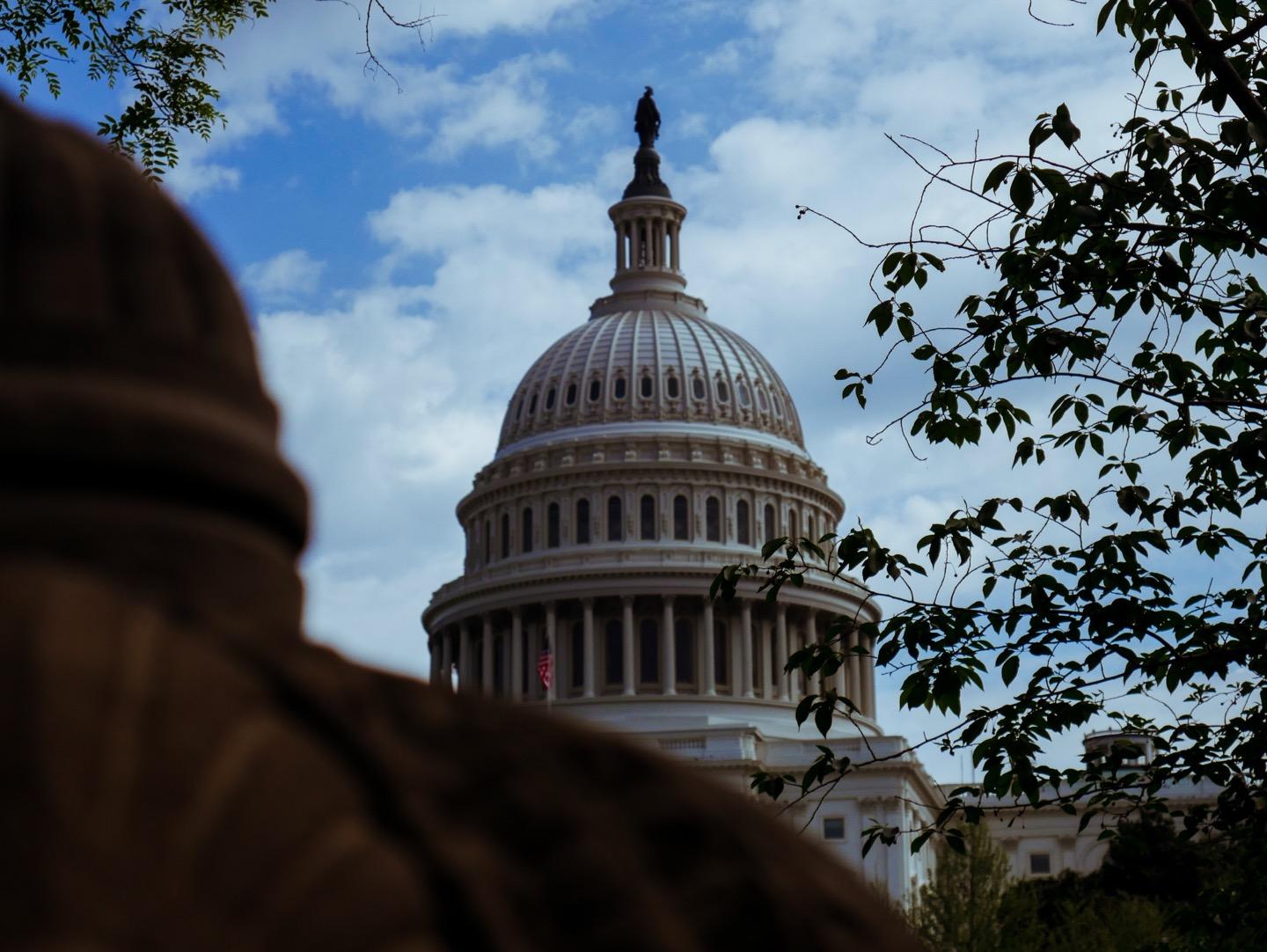Secure Act 2.0 was signed into law on December 29, 2022, as part of the Consolidated Appropriations Act of 2023. Secure 2.0 contains over 120 pages covering more than 90 statutory provisions. While a vast majority affect defined contribution plans, there are several that profoundly affect defined benefit plans. These are outlined below grouped by those effective in 2023 and those effective later.
Effective for 2023
Increases age for Required Beginning Date (RBD)
The original Secure Act (2019) increased the Required Beginning Date from 70 ½ to 72. Secure 2.0 further increased the RBD to 73 beginning in 2023 and to 75 beginning in 2033. In 2023, the RBD changes from 72 to 73. In 2033 it changes to 75. These changes require a plan amendment. A plan can keep the same RBD, for example, age 70 ½, for all participants regardless of their date of birth.
Reduces the excise tax on missed Required Minimum Distributions (RMD)
Secure 2.0 reduces the excise tax on missed or insufficient RMDs from 50% to 25%. The 25% may be further reduced to 10% if the RMD is paid by the end of the following calendar year.
Effective Later
Eliminates the variable-rate premium (VRP) indexing
The PBGC premiums consist of a per-person flat-rate premium and a variable rate premium, subject to a VRP cap. The flat rate premium was $86 in 2021, $88 in 2022, and $96 in 2023. The VRP for each $1000 in unfunded vested benefits was $46 in 2021, $48 in 2022, and $52 in 2023. The VRP cap was $582 in 2021, $598 in 2022, and $652 in 2023. For plan years after 2023, there will be no VRP indexing so the VRP will be frozen at $52 per $1,000 in unfunded vested benefits. Indexing continues on the VRP cap and flat-rate premiums.
Increases the involuntary cash out
The amount of the lump sum that can be involuntarily cashed out changes from $5,000 to $7,000. This optional plan change is for distributions after 12/31/2023.
Requires additional information for Defined benefit annual funding notices
Secure 2.0 requires additional information to be provided for plan years starting after 12/31/2023. (For the 2024 calendar year plans, the enhanced notice would be due 4/30/2025).
Requires a significant increase in lump sum window disclosures
Plan Administrators must provide extensive information to participants and beneficiaries offered lump sums during a window period. The effective date for this requirement has not yet been established as DOL/IRS regulations must be delayed until at least December 29, 2023.
Extends the deadline for adopting amendment increasing benefit accruals
For plan years beginning after December 31, 2023, the deadline for an employer to adopt a discretionary amendment increasing benefit accruals is extended until its tax filing deadline (including extensions) for the year in which the amendment takes effect.
Extends window for 420 transfers
Defined Benefit plans could transfer excess assets to retiree health accounts by December 31, 2025. This period has been extended until December 31, 2032.
Requires participant election to receive electronic delivery of participant statements
An active participant in a defined benefit plan must receive a statement every three years. Effective for plan years beginning after 12/31/2025, a paper statement must be provided unless a participant affirmatively elects to receive electronic delivery of the statement.



